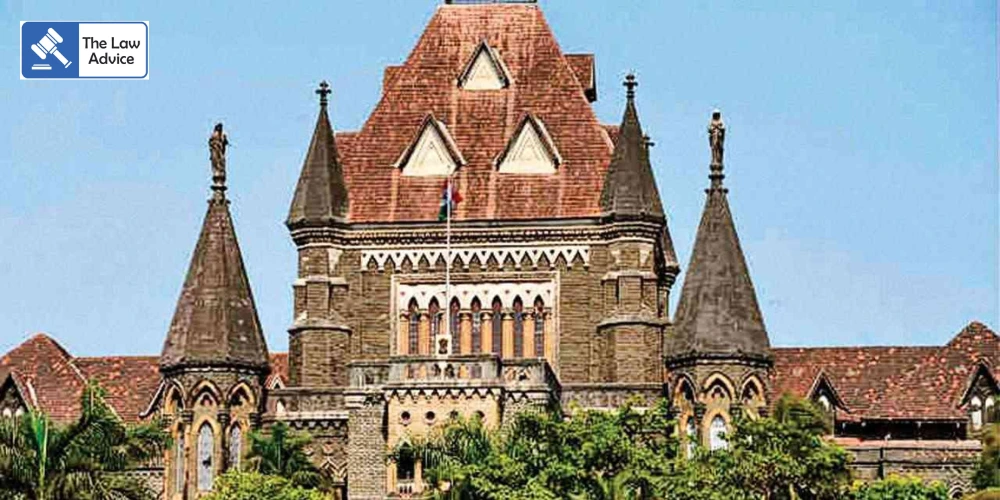
The Bombay High Court has set aside the order of the Scheduled Tribe Caste Certificate Scrutiny Committee, Amravati, which had invalidated the caste claims of two petitioners belonging to the ‘Mana’ Scheduled Tribe, holding that the Committee acted contrary to law by ordering a re-enquiry without recording any justification despite an earlier vigilance report affirming the authenticity of crucial pre-independence records.
Justice Pravin S. Patil was hearing two writ petitions [Nos. 4237 & 4240 of 2022] filed by members of the Mana community who had challenged the Committee’s decision rejecting their caste claims. The petitioners had relied on a 1932 Kotwal Book entry recording their grandfather/great-grandfather, Fakiraya, as belonging to the Mana Scheduled Tribe.
The Vigilance Cell, by its first report dated 02.05.2019, verified the entry in the Kotwal book and confirmed its authenticity, recognising it as genuine documentary proof of the petitioners’ tribal status. However, the Scrutiny Committee, without recording dissatisfaction or reasons, directed a re-enquiry.
In the second report, the Vigilance Cell discarded the 1932 entry solely on the ground that it had also been referred to in another case, though no details or explanations were provided regarding its relevance or impact. Relying instead on later documents describing the family as ‘Mani’ or ‘Mani-Kunbi’, and noting that the petitioners did not clear the affinity test, the Committee rejected their claims.
The Court ruled that the Committee’s approach was legally flawed. Stressing the probative value of pre-independence documents, Justice Patil noted that such records hold higher evidentiary weight in establishing caste status compared to post-independence documents, as consistently recognised by the Supreme Court.
The Court emphasised that the Scrutiny Committee performs a verificatory role only and cannot act as an investigating body to gather independent evidence. Under Rule 12(2) of the Maharashtra Scheduled Tribes (Regulation of Verification and Issuance of) Certificate Rules, 2003, a reference to the Vigilance Cell can be made only if the Committee is dissatisfied with the documents placed on record. In this case, the Committee had not expressed any dissatisfaction with the first Vigilance Cell report, yet ordered a re-enquiry.
Citing binding precedents, the Court reiterated that the affinity test cannot be treated as the sole litmus test for determining caste validity, as customs and traditions are dynamic and often evolve over time. Furthermore, any officer conducting such an enquiry must have demonstrable expertise or research background in the concerned tribal community, which was absent in the present case.
The Court held:
“… once the vigilance cell admitted the validity of the document in its first vigilance report, there was no reason recorded as to why the matter was again referred to the vigilance cell.”
Finding that the Scrutiny Committee’s decision was arbitrary, contrary to law, and based on irrelevant considerations, the High Court quashed the impugned orders. It held that discarding a vital pre-independence document on vague grounds while simultaneously relying on later inconsistent documents amounted to a grave error.
The Court concluded that the entire exercise undertaken by the Scrutiny Committee was unsustainable in law and directed that the petitioners’ caste claims be restored.
Case Title: Dnyaneshwar v. Vice Chairman, Scheduled Tribe Caste Certificate Scrutiny Committee & Ors. [W.P. Nos. 4237 & 4240 of 2022]
Website designed, developed and maintained by webexy